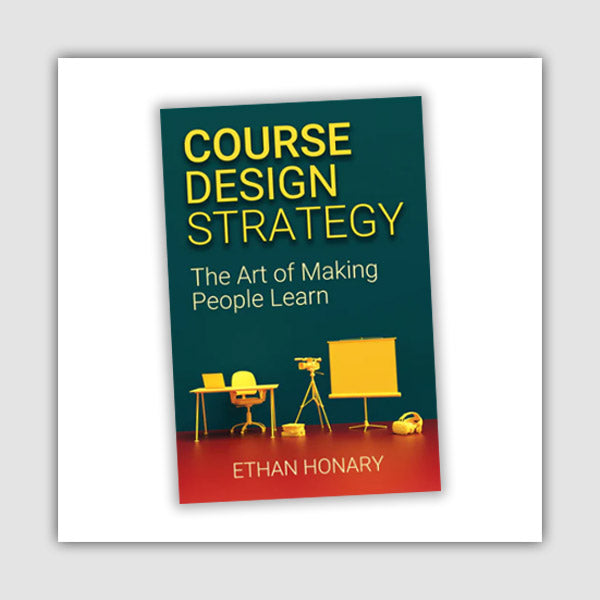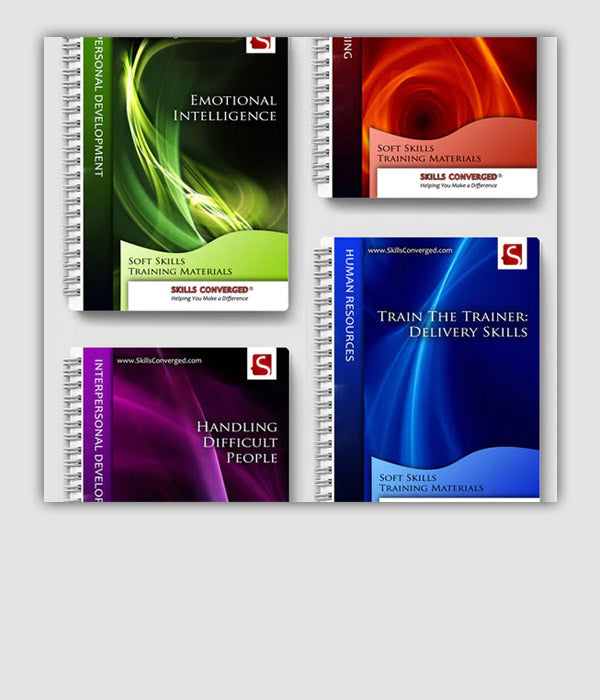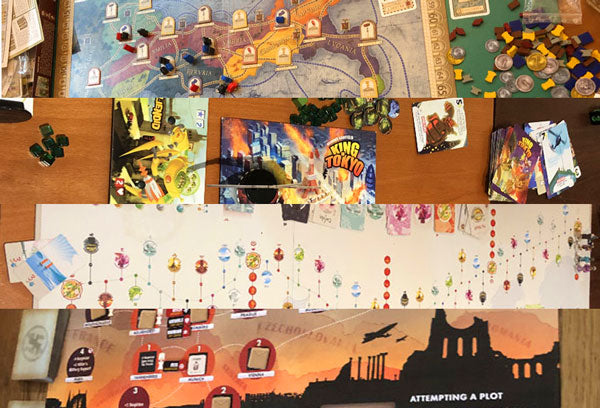Purpose
This exercise helps delegates develop a strategic approach to time management by categorising tasks as either short-term necessities or long-term investments. It encourages a shift in thinking from immediate task completion to long-term benefits, leading to better prioritisation and decision-making.
Objective
Delegates will receive a list of daily management tasks and categorise each task as either an ‘investment’ or an ‘expenditure’. They will then allocate ‘time capital’ to each task, based on how they prioritise long-term success over immediate needs. Delegates will compare and discuss their decisions to refine their approach to time management and prioritisation.
What You Need
- A list of daily management tasks such as:
- Answering emails
- Crisis management
- Team training
- Strategic planning
- Attending routine meetings
- Delegating tasks
- Problem-solving for a team member
- Personal professional development
- Blank A4 sheets or index cards for each delegate to write their time allocations
Setup
- Introduce the concept of time as a form of capital that must be carefully invested. Explain that certain tasks, while urgent, may only address short-term needs (expenditure), whereas others, though less urgent, may yield long-term benefits (investment). You can also use this opportunity to teach about urgent/important matrix and the four possibilities for each given task.
- Distribute the list of daily management tasks to each delegate. Consider varying this list and add domain and team specific tasks to customise the exercise.
- Instruct delegates to categorise each task as either an ‘investment’ (contributing to long-term success) or an ‘expenditure’ (a short-term necessity). Then, ask them to allocate a percentage of their ‘time capital’ (100%) across the tasks, reflecting how much time they would invest in each based on their priorities.
- Give them 5 minutes to complete this part of the activity. Encourage them to think about the long-term impact of neglecting certain tasks in favour of short-term gains.
- Once everyone has made their allocations, divide delegates into pairs or small groups of 3. Ask them to compare their time portfolios and explain their reasoning for categorising and allocating time to each task. Allocate 10 minutes for this part.
- Bring back everyone and follow with a discussion.
Timing
Explaining the Exercise: 2 minutes
Activity: 5 min for delegates to allocate time to tasks + 10 min group activity = 15 minutes
Group Feedback: 10 minutes
Discussion
Use these questions in discussions to help delegates think critically about their time management strategies:
- How did you decide which tasks were investments versus expenditures? What criteria did you use?
- Did you find it difficult to allocate time to long-term investments when short-term tasks also demand attention?
- Were there any tasks that were hard to categorise, and why?
- How do you think neglecting long-term investment tasks, like strategic planning or team development, might impact you or your team in the future?
- Did you notice any differences between your time portfolio and those of your group members? What did you learn from these differences?
- How does this exercise relate to the way you currently manage your time? Are there areas where you could shift your focus toward long-term success?
- What changes will you make in your day-to-day management of time to ensure you are investing in the future while managing current needs?
Soft Skills Training Materials
Get downloadable training materials
Online Train the Trainer Course:
Core Skills
Learn How to Become the Best Trainer in Your Field
All Tags
Training Resources for You

Course Design Strategy
Available as paperback and ebook

Free Training Resources
Download a free comprehensive training package including training guidelines, soft skills training activities, assessment forms and useful training resources that you can use to enhance your courses.

Our Comprehensive Guide to Body Language

Train the Trainer Resources
Get Insights - Read Guides and Books - Attend Courses
Training Materials
Get downloadable training materials on: Management Training, Personal Development, Interpersonal Development, Human Resources, and Sales & Marketing














Leave a comment
All comments are moderated before being published.
This site is protected by hCaptcha and the hCaptcha Privacy Policy and Terms of Service apply.